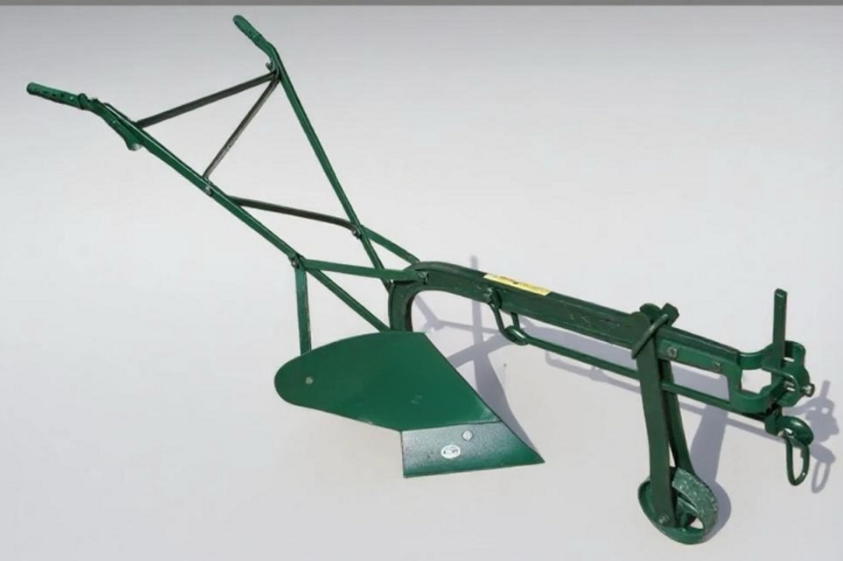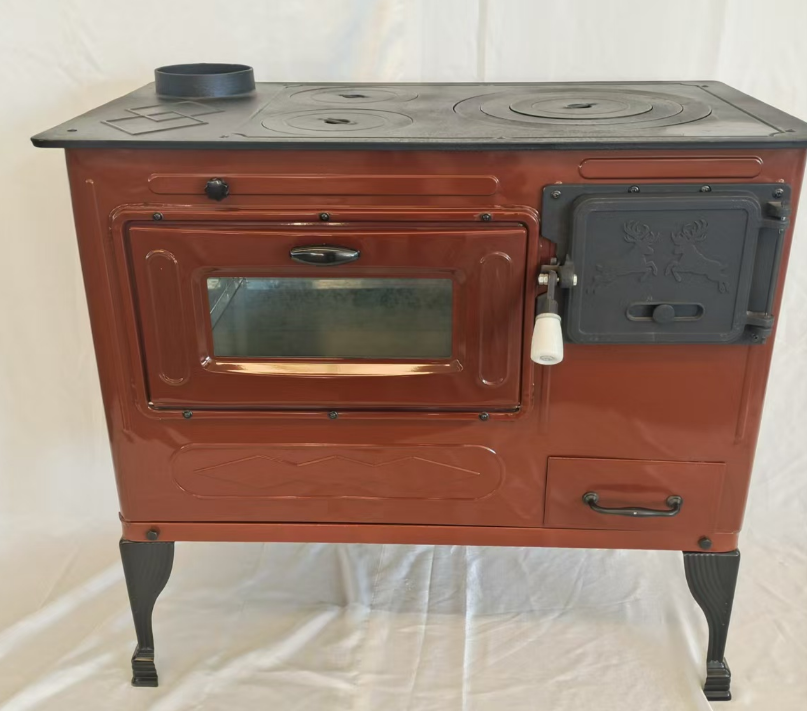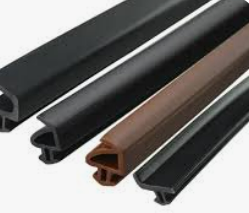Cast Iron Pipe and Fitting Solutions: Durable, Reliable, and Cost-Effective
In the world of plumbing and infrastructure, cast iron pipe and fitting systems have stood the test of time for their unmatched durability and long-term reliability. Whether used in residential plumbing, commercial construction, or municipal infrastructure, cast iron pipes and cast iron fittings continue to be a trusted choice for a wide range of applications. In this article, we will dive into how cast iron pipes are connected with accessories, the long-term maintenance costs of these systems, and the necessary measures to prevent and address corrosion. With an emphasis on performance, longevity, and cost-effectiveness, cast iron pipe and fitting solutions offer significant benefits that other materials struggle to match.
Ways of Connecting Cast Iron Pipes with Accessories
One of the key factors that set cast iron pipe systems apart from other plumbing materials is the reliability of their connections. Cast iron fittings are designed to fit seamlessly with cast iron pipes, ensuring a secure, leak-proof installation. There are several methods for connecting cast iron pipes with cast iron fittings or accessories, depending on the specific needs of the project.
The most common method is the hubless connection, where the pipe ends are simply pressed into a rubber gasket in the cast iron fittings. This type of connection is often used in modern plumbing systems, as it allows for faster installation without the need for threading or soldering. Another popular method is the screw connection, which involves threading the ends of cast iron pipes and then screwing them into matching cast iron fittings. This provides a strong, tight fit that can handle high-pressure systems, such as those used in sewage or stormwater drainage.
Finally, cast iron soil fittings, which are designed for underground use, are often connected using a flanged connection. This method involves bolting two flanged ends of the pipes and fittings together, providing a secure, leak-proof seal. Flanged connections are particularly useful for larger-scale infrastructure projects where the pipes need to be securely held in place under high pressure.
Long-Term Maintenance Costs of Cast Iron Pipes Compared with Other Materials
When comparing cast iron pipe systems with other materials, such as PVC or copper pipes, one of the key considerations is the long-term maintenance cost. While the initial cost of cast iron pipe systems can be higher than other materials, their durability and longevity often translate into significant savings over time.
Cast iron pipes are highly resistant to corrosion, which means they require fewer repairs and replacements compared to materials like PVC or copper, which are more susceptible to damage from environmental factors or wear and tear. The natural corrosion resistance of cast iron pipe also means that they perform well in harsh conditions, such as underground or in areas where they are exposed to moisture or chemicals.
In contrast, PVC pipes are more affordable initially but can suffer from cracking, warping, and chemical degradation over time, especially when exposed to UV light or extreme temperatures. This leads to higher long-term maintenance costs, as damaged pipes need to be replaced or repaired more frequently.
Similarly, copper pipes, while known for their corrosion resistance, are prone to pinhole leaks due to stress or high water acidity, requiring frequent monitoring and maintenance. In contrast, cast iron pipe systems have a longer lifespan, making them a more cost-effective solution in the long run.
Measures to Take When Cast Iron Pipes Rust or Corrode
Even though cast iron pipes are known for their durability, they can still experience rust and corrosion over time, especially if exposed to harsh environments or inadequate maintenance. However, with the right precautions and maintenance, you can significantly extend the lifespan of your cast iron pipe and fitting systems.
When cast iron pipes show signs of rust, the first step is to inspect the system to determine the extent of the corrosion. Light rust on the exterior of the pipes can often be cleaned off with a wire brush and a rust-removing solution, which helps restore the surface of the pipe. For more severe rusting, especially in areas where the corrosion has caused structural damage to the pipe, it may be necessary to replace sections of the cast iron pipe.
Preventive measures are also essential to extend the life of cast iron pipes. Regularly inspect the pipes for cracks, leaks, or signs of corrosion, particularly in areas where moisture or chemicals may be present. Applying a rust-resistant coating or sealant can help prevent future corrosion, particularly for pipes exposed to external elements or those buried underground.
In areas where water is highly acidic, installing a corrosion inhibitor in the system can protect the cast iron pipe from premature degradation. It's also essential to maintain proper drainage to prevent water from pooling around the pipes, which can accelerate rusting.
The Advantages of Cast Iron Pipe and Fitting Systems
There are several advantages that cast iron pipe and fitting systems have over other materials, making them a preferred choice in both residential and industrial settings.
Durability and Longevity: Cast iron pipes are known for their strength and resilience, capable of withstanding high pressure, heavy loads, and harsh environmental conditions. Their lifespan can exceed 50 years with proper maintenance, making them a long-term solution for plumbing and drainage needs.
Corrosion Resistance: Unlike materials like copper or PVC, cast iron pipe systems naturally resist corrosion, making them ideal for underground installations or areas prone to moisture or chemical exposure. This reduces the need for frequent repairs and replacement, lowering long-term costs.
Sound Absorption: Cast iron pipes are excellent at reducing noise. The dense structure of cast iron helps absorb sound from flowing water, making it ideal for use in residential buildings or commercial spaces where noise reduction is important.
Fire Resistance: Cast iron pipes are non-combustible, making them a safe choice for fire protection systems. In case of a fire, they will not catch fire or release harmful gases, unlike plastic pipes.
Eco-Friendly: Cast iron pipes are made from recyclable materials, making them a more sustainable option compared to non-recyclable materials like PVC.
For those seeking a durable, reliable, and cost-effective plumbing solution, cast iron pipe and fitting systems remain the gold standard. With their unmatched strength, resistance to corrosion, and low maintenance costs, cast iron pipes are ideal for a wide range of applications, from water supply to drainage and sewage systems. With the right care and maintenance, cast iron pipe solutions can provide long-lasting, efficient performance for decades to come. Whether you're upgrading an old system or building a new one, cast iron pipe and fitting products are a smart investment for any construction project.
-
Plough Wheel Cast Iron Material Enhances Load-BearingNeiegkeetenNov.10,2025
-
Cast Iron Cooking Stove Heat Retention Ensures Even Food HeatingNeiegkeetenNov.10,2025
-
Rubber Strip Shock Absorption Protects Window EdgesNeiegkeetenNov.10,2025
-
Aluminum Profiles High Corrosion Resistance Suits Coastal AreasNeiegkeetenNov.10,2025
-
Window Handle Aluminum Material Ensures Lightweight DurabilityNeiegkeetenNov.10,2025
-
Sliding Roller Plastic Housing Fits Aluminum Sliding WindowsNeiegkeetenNov.10,2025
-
 Plough Wheel Cast Iron Material Enhances Load-BearingNov-10-2025Plough Wheel Cast Iron Material Enhances Load-Bearing
Plough Wheel Cast Iron Material Enhances Load-BearingNov-10-2025Plough Wheel Cast Iron Material Enhances Load-Bearing -
 Cast Iron Cooking Stove Heat Retention Ensures Even Food HeatingNov-10-2025Cast Iron Cooking Stove Heat Retention Ensures Even Food Heating
Cast Iron Cooking Stove Heat Retention Ensures Even Food HeatingNov-10-2025Cast Iron Cooking Stove Heat Retention Ensures Even Food Heating -
 Rubber Strip Shock Absorption Protects Window EdgesNov-10-2025Rubber Strip Shock Absorption Protects Window Edges
Rubber Strip Shock Absorption Protects Window EdgesNov-10-2025Rubber Strip Shock Absorption Protects Window Edges












